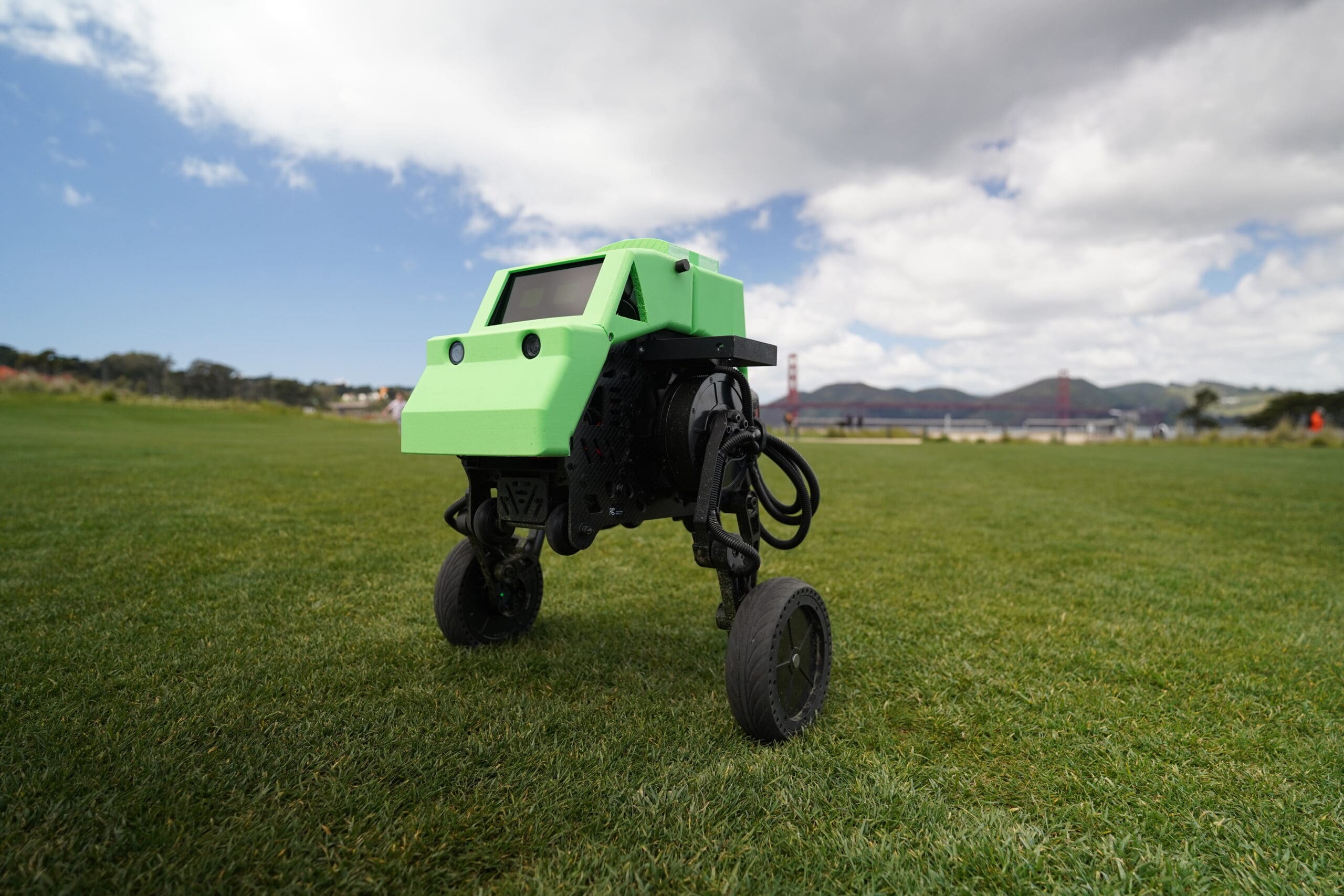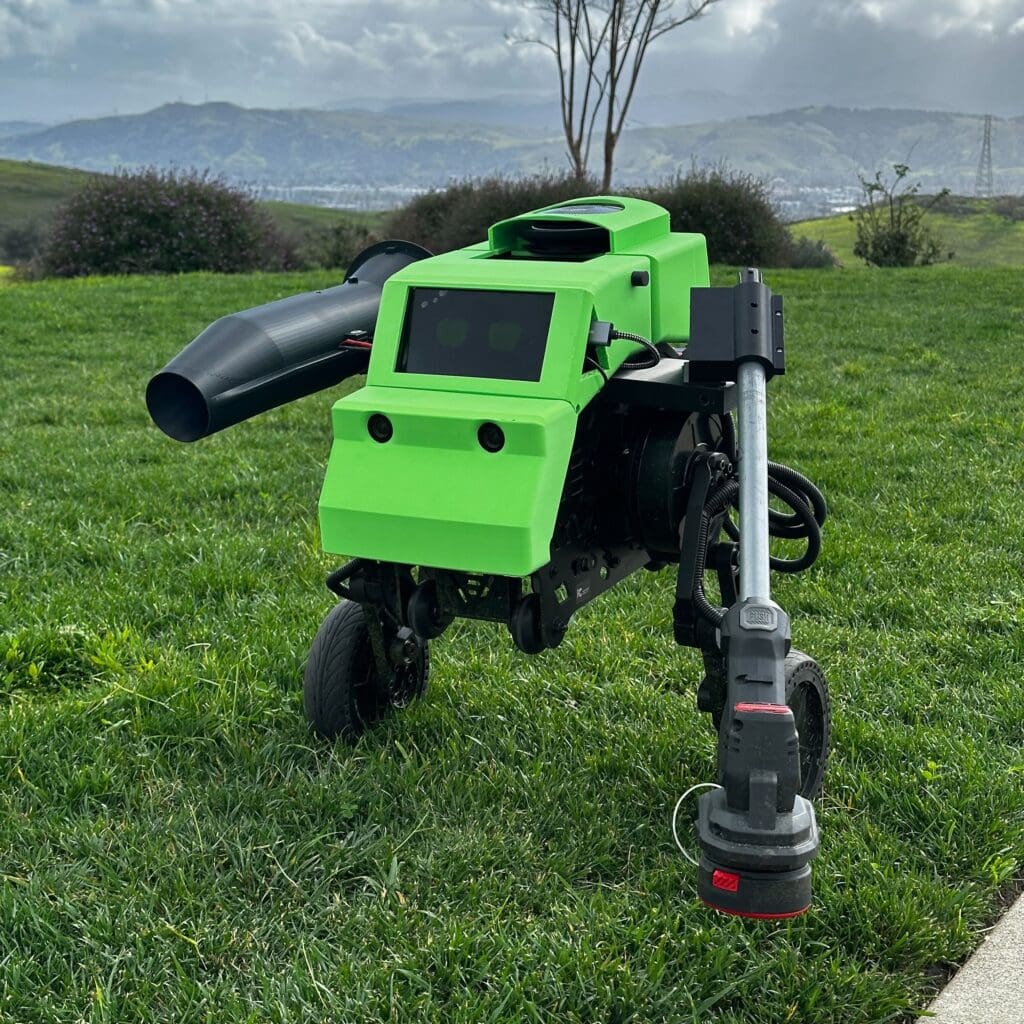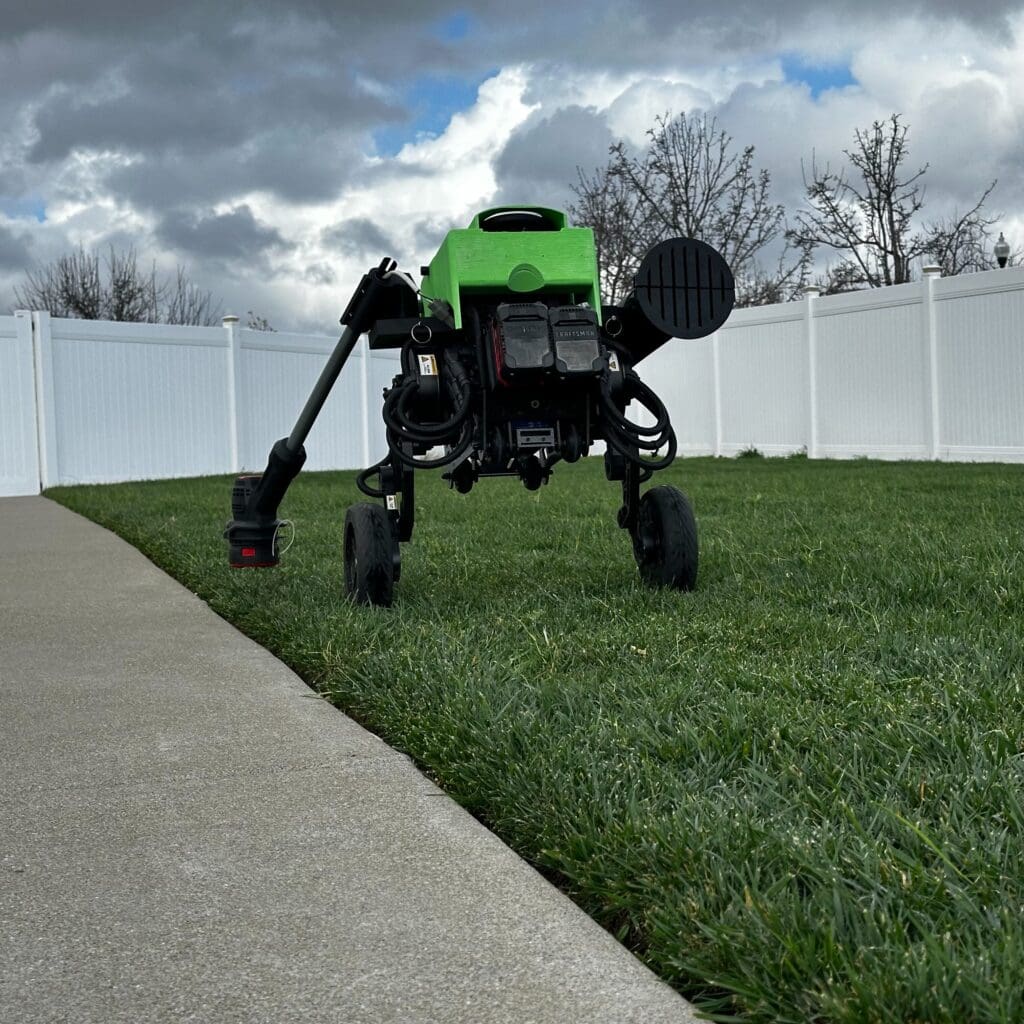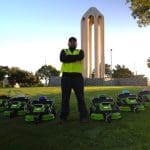
While sci-fi authors often portray the future of robotics with humanoid creations, Electric Sheep Robotics, Inc., based in San Francisco, California, is exploring the power of multi-purpose AI agents that can automate single-purpose tasks.
The company introduced their AI-powered robot, Verdie, earlier this year. It has several different attachments allowing it to string trim, blow and spray for weeds allowing it to tackle a variety of service lines within the outdoor maintenance category.
“Verdie is a new embodiment running off of our large world model, ES1,” says Jarrett Herold, co-founder and COO of Electric Sheep. “It was trained to about 90% of its capabilities within a simulation, over a few days and then able to do basic trimming/edging/blowing and very effectively follow an edge of turf and/or identify trash/debris/clippings to blow off of sidewalks for example. As with our first robot, this platform will be deployed within our business and improves daily after learning in the field.”
Every day they collect data across all the sites they maintain. This helps inform and evolve their underlying model so it has a better understanding of the world and is more capable of anticipating what actions are required next. You can see Verdie in action in the video below.
Verdie and AI
Verdie is designed to be highly mobile and can support generic power tool attachments. It has an articulating wheeled robot base and can sense its environment through stereo cameras.

“We didn’t exactly model our design after Wall-E, but rather took the approach of reflecting the animal-like nature of how our robot thinks and interacts with its human counterparts,” Herold says. “The fun and approachable design of Verdie is a critical component to deploying these in public spaces, where people are guaranteed to be present.”
Herold says there haven’t been many other robots introduced to handle repeatable tasks like edging and blowing because other autonomy companies focus on wide-open, unobstructed turf areas.
“It requires a much different approach to be able to deliver the type of accuracy for these other tasks, and without significant mapping efforts ahead of operation,” Herold says. “It needs an end-to-end machine learning approach that can think on its own without connectivity. This all delivers the flexibility and robustness necessary for these other tasks.”
Herold explains their AI/machine learning approach is the only way to create a platform with the flexibility a changing landscape requires. One of the challenges of a multi-purpose agent like Verdie is it requires different policies for each tool attachment.
“What is beneficial is that the new platform can be quickly trained in sim and deployed in the real world, so that it’s doing useful work,” he says. “However, a string trimmer does require a different policy than a weed spraying machine for example. The modality does remain the same and its understanding of the world is shared from one platform to another. What its role is within that is what needs to be developed for each task/tool.”
Herold says they don’t plan on selling Verdie to the broader industry but they welcome conversations with interested landscape companies that want to partner with them through acquisition.
The Future of Robotics
Herold says that humanoid robots are a decade away from doing any useful work.
“The already mechanized tasks like mowing are going to be fully automated well before the other, more dexterous tasks like pruning,” he says. “It’s something fun to see, but not something the green industry should be concerned with at this point.”

He adds that, contrary to popular belief, robots aren’t here to take jobs or replace workers in the field. He believes humans will always share some of the responsibility in the field, alongside these robots and other automation tools. What will change is what they are able to accomplish with that time.
“This means taking a ‘blended autonomy’ approach where robots and human workers are working collaboratively, taking advantage of each other’s strengths,” he says.
He says Electric Sheep anticipates they’ll work on other robots that can take on snow blowing, spreading/spraying and other simple tasks in time.
“There is just so much opportunity within the labor spend associated with these turf maintenance-related tasks that we are devoting our focus fully towards that to start,” Herold says. “We will demonstrate this impact within the businesses we are continuing to acquire and operate.”
Herold says the future is in the shared Large World Model and the companies that access the data engine will be able to deliver robots that will unlock the future of outdoor work.
“Once that model is mature, shipping it into many different single-purpose embodiments becomes much, much simpler,” Herold says.




